MyDoom.A Analysis
- 8 minsIOCs
MD5: 53df39092394741514bc050f3d6a06a9
SHA-1: f91a4d7ac276b8e8b7ae41c22587c89a39ddcea5
SHA256: fff0ccf5feaf5d46b295f770ad398b6d572909b00e2b8bcd1b1c286c70cd9151
Unpacking
On running file on the sample we can see it’s UPX packed

so we use upx -d sample.exe to unpack it.
Imports
Seeing the list of imports it probably edits and creates a registry key using RegSetValueExA and RegCreateKeyExA
there are also network connections indicators:

it also creates a mutex using CreateMutexA , spawns another process using CreateProcessA, searches through the filesystem using FindNextFileA and FindFirstFileA.
String Encryption
The sample uses the function at 0x4A465E, it takes an address and an encrypted string. looking at the cross references to this function implies that it’s definitely a string decryptor as it gets called from too many placess across the binary

the decryption algorithm is pretty simple it’s actually rot13
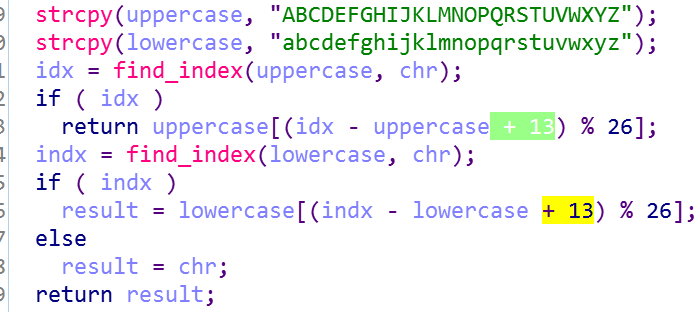
import codecs
def decryptor(s):
return codecs.decode(s,'rot13')
so i decrypted the strings and added them as comments using IDAPython to speed up the reversing process
from idc import *
from idautils import *
import codecs
def get_function_arg(addr):
while True:
addr = PrevHead(addr) #addr of the first push
addr= prev_head(addr) #addr of the second push
if GetMnem(addr) == "push":
break
offset = GetOperandValue(addr, 0)
if offset=='esi' :
addr = prev_head(addr) #get the push right before strlen function call
offset = GetOperandValue(addr, 0)
if is_loaded(offset): # offset is a valid offset
size = get_item_size(offset)
encrypted_str = get_bytes(offset, size)
else: encrypted_str = offset
return encrypted_str # string @ offset
decryption_function= 0x4A465E
xrefs = CodeRefsTo(decryption_function, 0)
for fun_call in xrefs:
enc_str = get_function_arg(fun_call)
dec_str = codecs.decode(enc_str,'rot13') if type(enc_str)==str else enc_str
set_cmt(fun_call , str(dec_str), 0)
Execution
Check First Run
the sample attemps to open Software\Microsoft\Windows\CurrentVersion\Explorer\ComDlg32\Version subkey of the root key HKEY_LOCAL_MACHINE (0x80000002) once and HKEY_CURRENT_USER (0x80000002-0x1) once and creates them if it failed to open them in attempt to find out if this is the first time it executes or not.
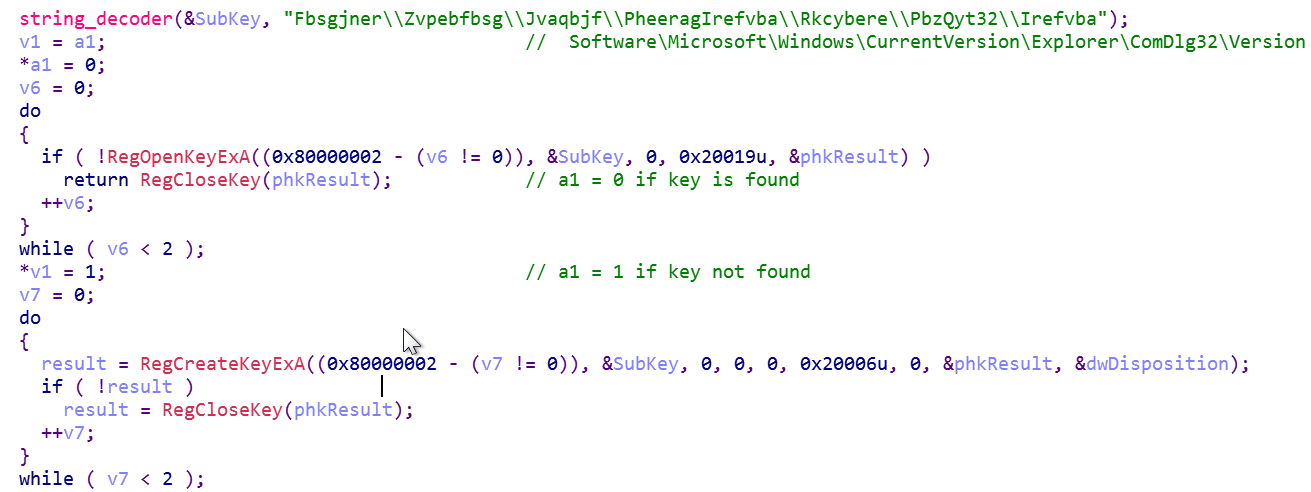
if it managed to open any of them it knows it’s already been executed before so it creates the mutex SwebSipcSmtxS0 to make sure only one instance of it is running.
First Execution
the sample creates and opens a text file called Message full of garbage at the Temp Directory C:\Users\<username>\AppData\Local

Dropped Files
The sample drops a dll called shimgapi.dll in the system directory which serves as a backdoor.

It copies itself in the system directory under the name of taskmon.exe which was a valid windows process back then.

Persistence
It creates the registry key TaskMon in Software\Microsoft\Windows\CurrentVersion\Run to automatically run during system startup without requiring user interaction.

Start Execution
The sample gets the current system time and date to make sure the day is after 2004-02-01 and the time is after 16:09:18 before it starts execution. hence not every infected machine will perform the attack, it depends on the system time.
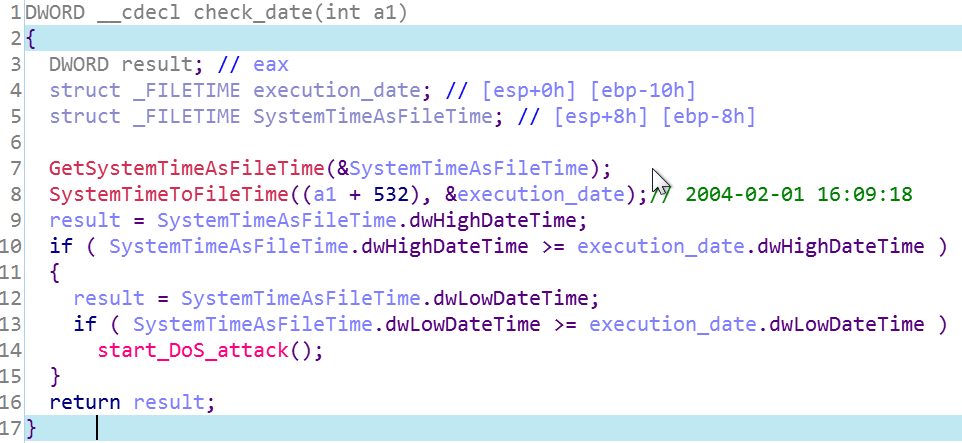
to get the hardcoded time i converted the two 32-bit values at dwLowDateTime and dwHighDateTime to a 64-bit value (filetime format)
dwLowDateTime = 0x0BE9ECB00
dwHighDateTime = 0x1C3E8DD << 32
execution_filetime = (dwLowDateTime & 0xFFFFFFFF) + dwHighDateTime
then i used this script to convert it to datetime.
DoS Attack
First it will check if the machine is connected to the internet, then it creates 63 threads and sends a ‘GET /HTTP/1.1’ request from each one of them to www.sco.com on TCP port 80
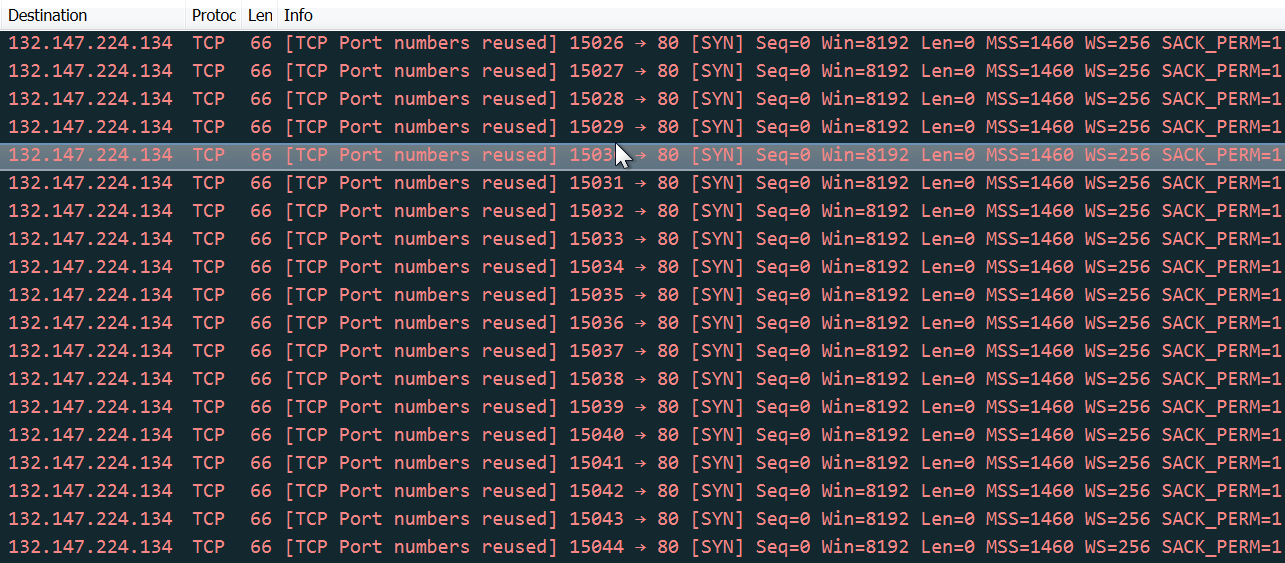
Spreading (Kazaa Spread)
Kazaa is a peer-to-peer file sharing application program for the Microsoft Windows platform
The worm copies itself under one of the following names along with a random extension in the user shared folder on the kazaa network.
Names:
- winamp5
- icq2004-final
- activation_crack
- strip-girl-2.0bdcom_patches
- rootkitXP
- office_crack
Extensions:
.exe , .src , .pif , .bat
Mass Mailing
Generated Email example

Generating Sender Email
it adds one of the following names: "john" ,"john" ,"alex" ,"michael" ,"james" ,"mike" ,"kevin" ,"david" ,"george" ,"sam" ,"andrew" ,"jose" ,"leo" ,"maria" ,"jim" ,"brian" ,"serg" ,"mary" ,"ray" ,"tom" ,"peter" ,"robert" ,"bob" ,"jane" ,"joe" ,"dan" ,"dave" ,"matt" ,"steve" ,"smith" ,"stan" ,"bill" ,"bob" ,"jack" ,"fred" ,"ted" ,"adam" ,"brent" ,"alice" ,"anna" ,"brenda" ,"claudia" ,"debby" ,"helen" ,"jerry" ,"jimmy" ,"julie" ,"linda" ,"sandra" or any 1-3 random characters
to one one the following domains
- “aol.com”
- “msn.com”
- “yahoo.com”
- “hotmail.com”
Generating Attachment
it makes a copy of itself under one of the followng names: document, readme, doc, text, file, data, test, text, message, body
and adds one or two of the following extensions: pif, scr, exe, cmd, bat, HTM, TXT or DOC
Generating Message
It chooses one of the following subjects or any 3 to 16 random letters
- test
- hi
- hello
- Mail Delivery System
- Mail Transaction Failed
- Server Report
- Status
- Error
and one of the following messages:
- “test”
- “The message cannot be represented in 7-bit ASCII encoding and has been sent as a binary attachment.”
- “The message contains Unicode characters and has been sent as a binary attachment.”
- “Mail transaction failed. Partial message is available.”
Gathering E-mail Addresses
The worm looks in HKCU\Software\Microsoft\WAB\WAB4\Wab File Name (Windows Address Book) which contains emails saved on the machine and skips emails that contain: .edu
It then scans internet temp directories C:\Windows\Temporary Internet Files and C:\Users\<username>\AppData\Local\Internet Temporary Files for valid emails
and then it scans all drives for files with the following extensions: txt ,htm ,sht ,php ,asp ,dbx ,tbb ,adb, pl , wab
It skips emails with these domains: "avp", "syma", "icrosof", "msn.", "hotmail", "panda","sopho", "borlan", "inpris", "example", "mydomai", "nodomai","ruslis", ".gov", "gov.", ".mil", "foo."
checks that the sender and the reciever’s emails don’t contain any of the following substrings: anyone, bugs, ca, contact, feste, gold-certs, help, info, me, no, nobody, noone, not, nothing, page, postmaster, privacy, rating, root, samples, service, site, soft, somebody, someone, submit, the.bat, webmaster, you, yours , "berkeley", "unix", "math", "bsd", "mit.e", "gnu", "fsf.", "ibm.com", "google", "kernel", "linux", "fido", "usenet","iana", "ietf", "rfc-ed", "sendmail", "arin.", "ripe.", "isi.e", "isc.o", "secur", "acketst", "pgp", "tanford.e", "utgers.ed", "mozilla" , "admin", "icrosoft", "support", "ntivi", "unix", "bsd", "linux", "listserv", "certific", "google", "accoun", abuse , secur ,spam , www
Expiry Date
The sample gets the current system time and compares it to 2004-02-12 to make sure it doesn’t execute the malicious code after that date. However, the backdoor shimgapi.dll remains open.
Shimgapi.dll
Unpacking
It’s also UPX packed so we use upx -d shimgapi.dll to unpack it
Persistence
First it calls RegisterServiceProcess which was a valid windows api in the Windows 9x based OS used to register a process as a service in order to hide itsef from the Task Manager.
then it adds itself to the registry key CLSID\\{E6FB5E20-DE35-11CF-9C87-00AA005127ED}\\InprocServer32. by creating this entry windows will load it in the address space of explorer.exe
Backdoor (Keeping Access)
It then tries to open any port in the range of 3127 to 3198, this open port acts as the backdoor so that any user can exploit it later.
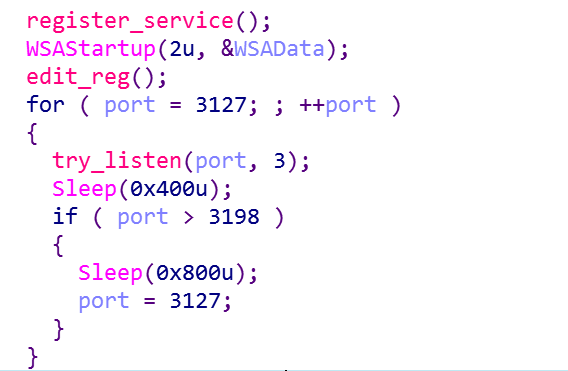
So netstat -a to view the open ports before running the dll:
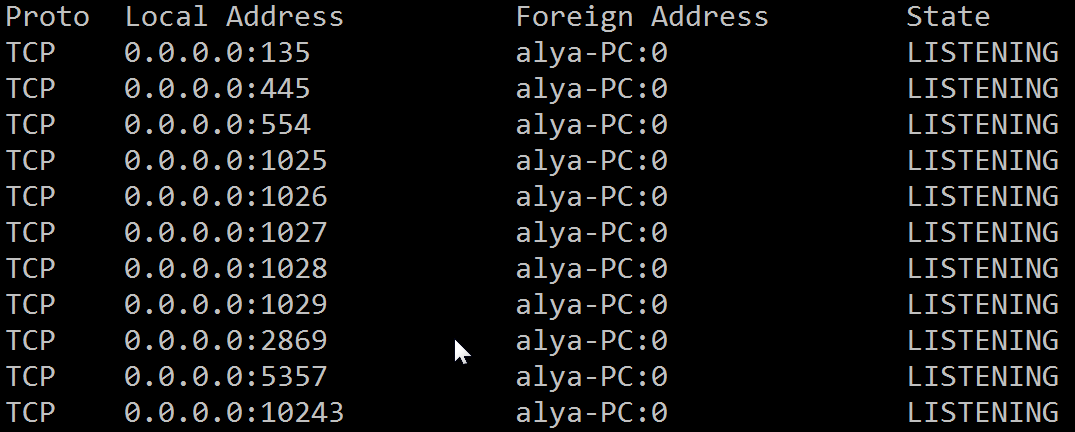
after running the dll:
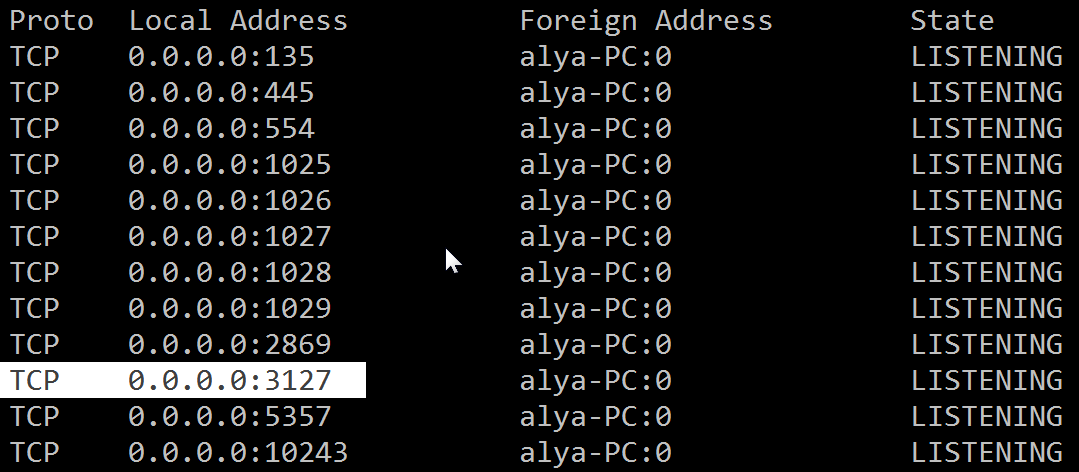
References
- https://github.com/yorickdewid/MyDoom
- https://www.giac.org/paper/gcih/568/mydoom-dom-anlysis-mydoom-virus/106069
- https://github.com/inforion/idapython-cheatsheet
Download the sample
you can download the sample here.
